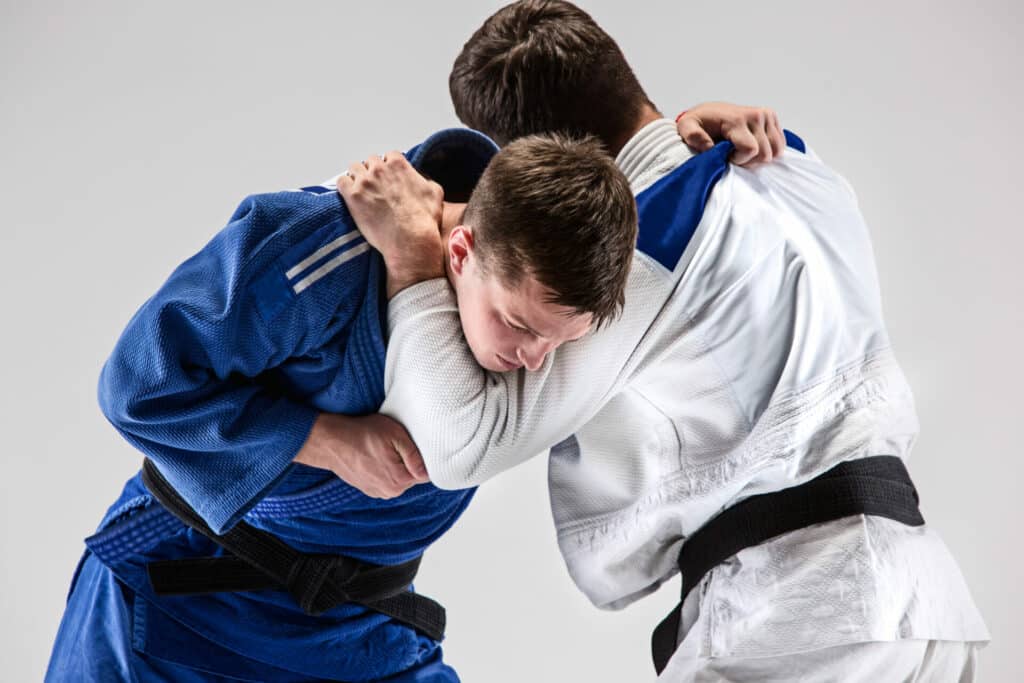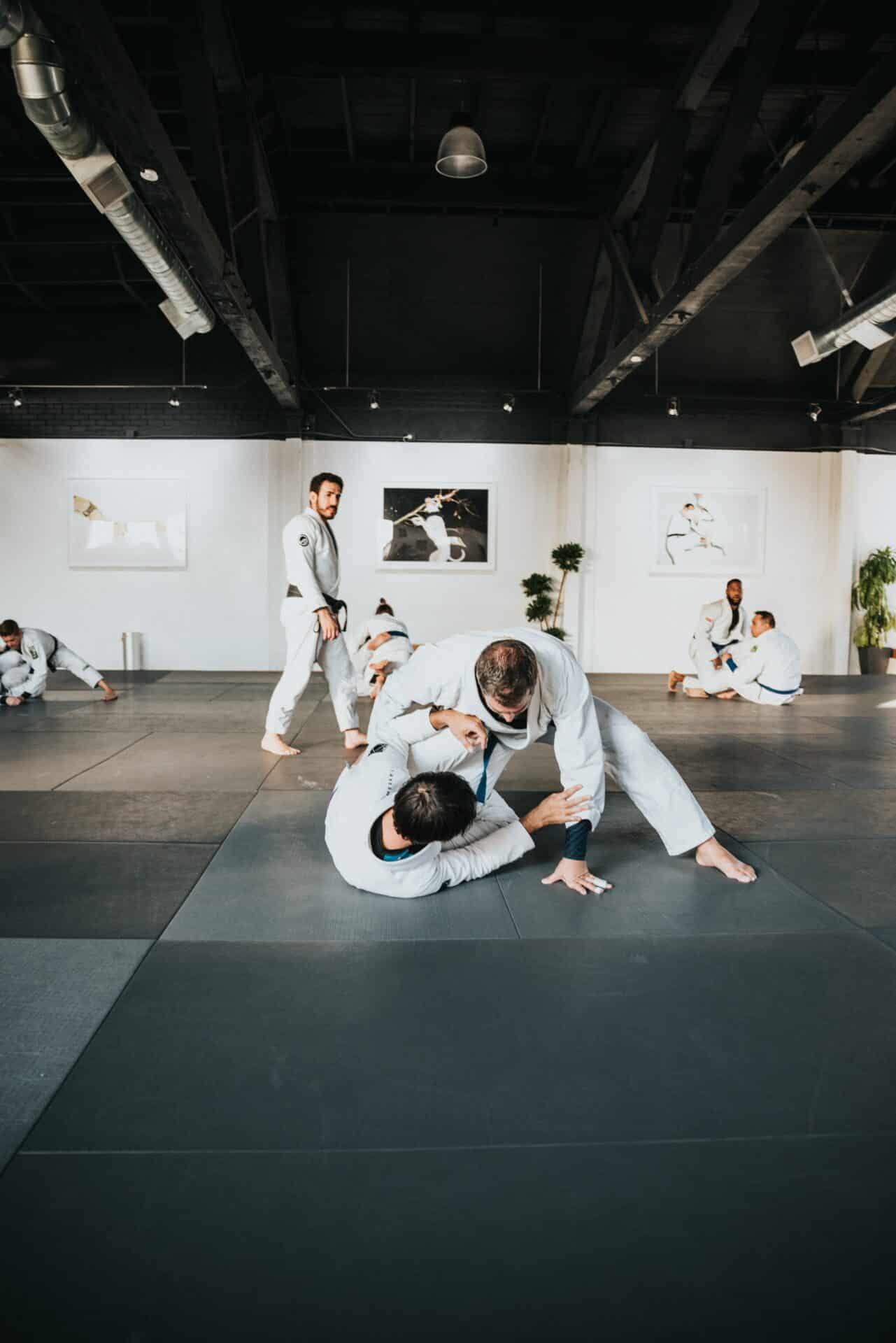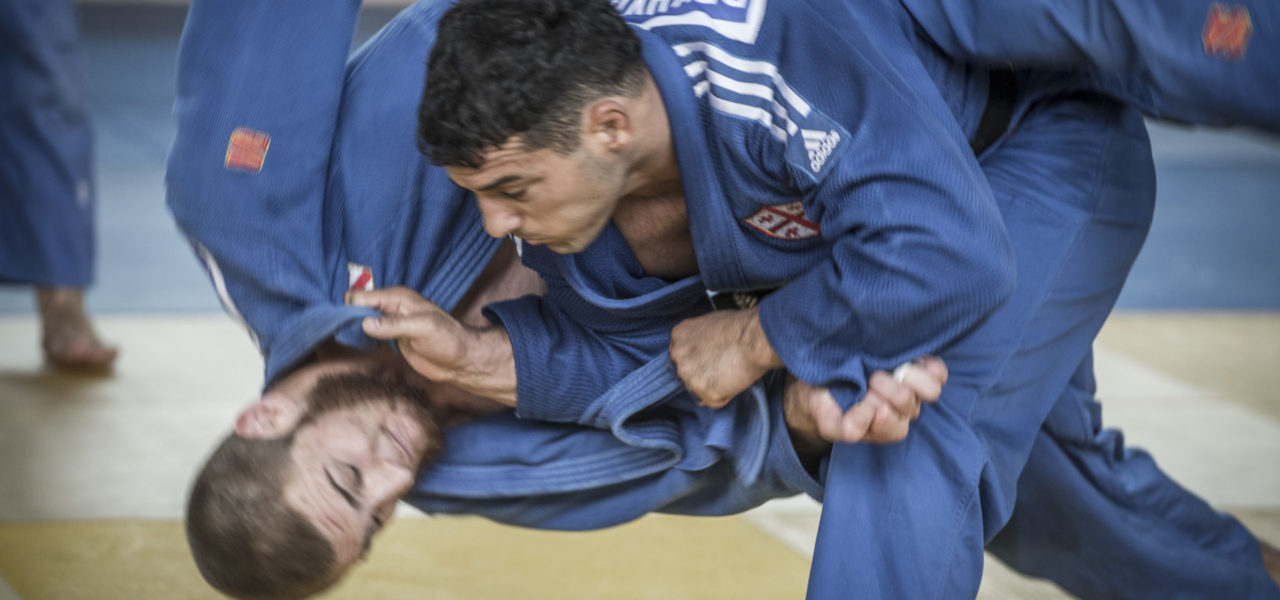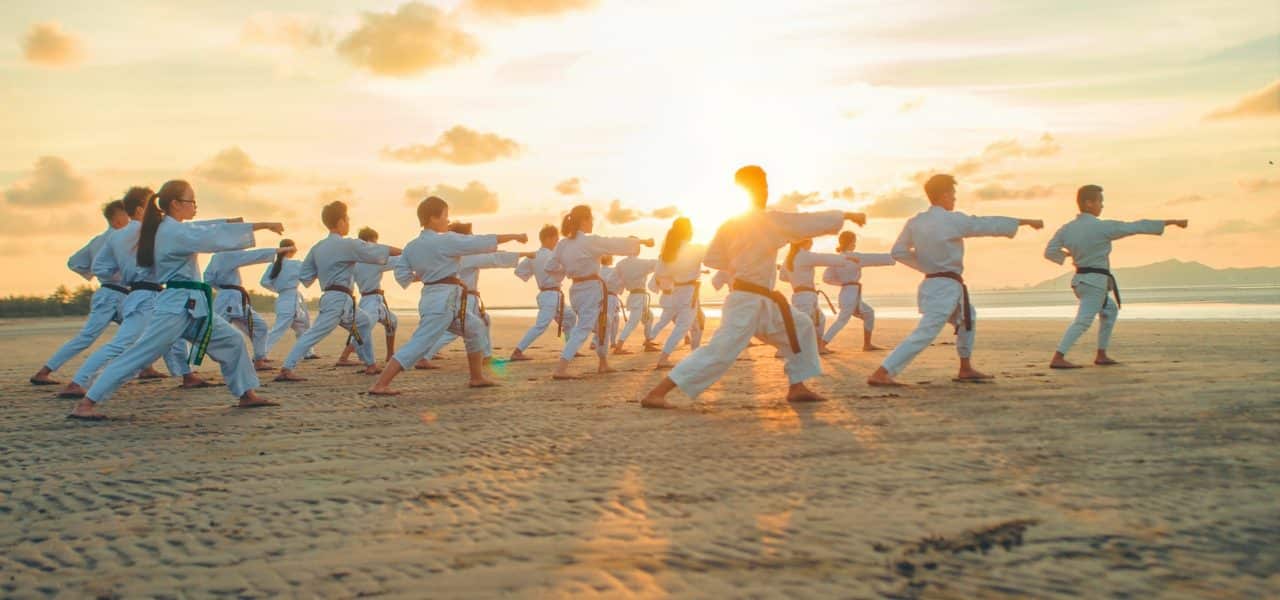Your cart is currently empty!
Judo, Jujitsu and Brazilian Jiu jitsu: what are the differences?
Judo, Jujitsu and Brazilian Jiu jitsu are often confused. However, despite the many similarities and a common origin, these are three distinct martial arts.
Table des matières
Jujitsu: an age-old discipline with its origins in samurai times
Traditional Jujitsu is often considered one of the first martial arts to have been taught in Japan. He had a major influence on the development of Brazilian Judo and Jiu Jitsu. Presumably invented by Buddhist monks as apeaceful method ofself-defense that did not require the use of weapons, this martial art focuses primarily on grappling methods such as powerful throws and joint locks. Long used on the battlefield by the samurai, it was an effective form of defense in situations where hand-to-hand combat became necessary, in the event of loss of the sword for example.
Today, Jujitsu is still used by military and law enforcement personnel around the world. It has evolved considerably over the years to be safely incorporated as a civilian sport. It comprises three main elements:
- foot-fist strikes, called atemis, which must always be controlled. It’s all about scoring points and not hurting your opponent. He can parry or dodge. In the case of forbidden atemis, a penalty is applied.
- floor throws, which give points even if the opponent falls on his stomach
- immobilizations on the ground, including joint locks and chokes designed to make the opponent give up.
A Jujitsu fighter’s uniform consists of a kimono and a coloured belt.
Judo or the superiority of mind over body
At the end of the 19th century, Jigoro Kano, a trained teacher, took up Jujitsu techniques to create a new combat sport.
Kano, who stood 1.80 m tall and weighed less than 50 kg, transformed the warrior’s art to rely less on strength and more on personal development and defense. Judo does not involve kicking or striking, the use of weapons or pressure on the joints during throws. It’s mainly based on techniques that unbalance the opponent, targeted projections and ground chokes.
The equipment of a person who practices this sport, a judoka, consists of a suitable kimono, the judogi, and a belt. In addition to holding the gi in place, it also marks the transition from one grade to the next, thanks to a color system set up by Jigoro Kano to identify the practitioner’s level of expertise.
Judo, like other Japanese martial arts, is taught in classrooms called dojos, where thick, community-friendly floor mats – tatamis– cushion falls and facilitate floor work.

Brazilian Jiu Jitsu, highlighted by MMA
In the early 1900s, Judo, gaining in popularity all over the world, made its entry into Brazil with Mitsuyo Maeda, a pupil of Kano, who began teaching there. One of Maeda’s students, Carlos Gracie, took a particular interest in the ground-fighting aspect and launched the foundations of Brazilian Jiu jitsu.
Thus, the fighter’s main objective is totake his opponent to the ground in order to eliminate size differences and place him in a position to give up, concentrating on leverage and grip. Like Judo, this martial art enables smaller, weaker individuals to subdue larger opponents.
In MMA competitions, Brazilian Jiu Jitsu is one of the most widely used types of martial arts, with its emphasis on grappling, arm locks, leg locks and ground chokes.
The clothing required for Brazilian Jiu Jitsu is similar to that of judokas or Jujitsu practitioners, but with a shorter, more fitted kimono jacket for greater speed of movement. Depending on the club, pants may be replaced by combat shorts. As for belts, obtaining them always depends on several factors, such as time spent and mastery of techniques.







